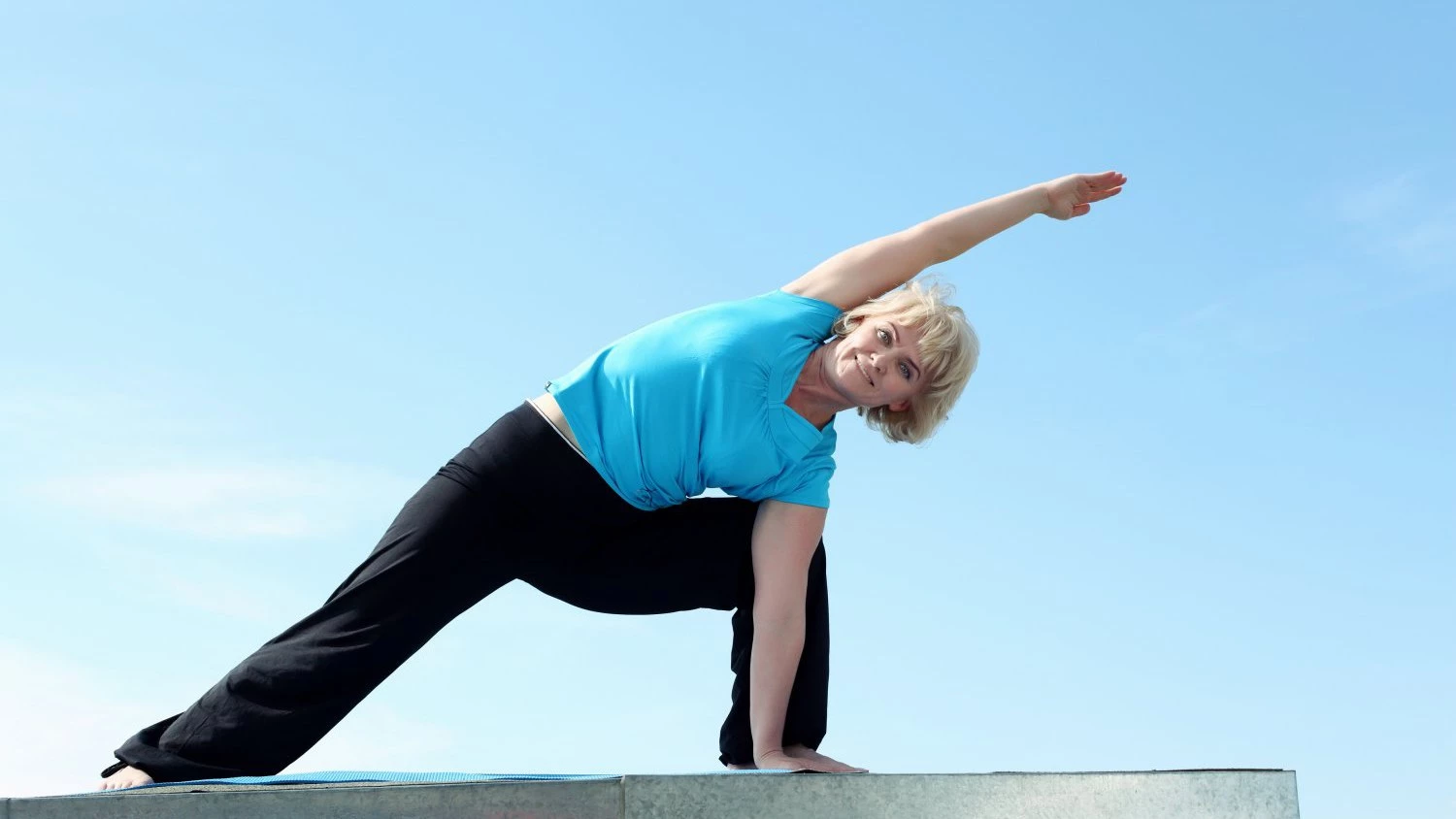Use It or Lose It – Yoga, Exercise and the Fountain of Youth

Judith Hanson Lasater, in a recent teleclass on YogaUOnline commented, “People often ask me if it’s necessary to practice yoga every day. I tell them, no, not at all. Just practice whenever you want to feel good!”
Most of us relish our yoga practice exactly for that simple reason—it makes us feel good! But the long-term benefits of a regular yoga practice go far beyond that—and they are encapsulated, of course, in that worn-out adage: Use it or lose it!
You’ve heard that phrase many times. But to truly appreciate its significance, it’s useful to take a look at where it derives from.
One of the early studies that alerted medical researchers to the importance of exercise for physical health was the so-called Dallas bed rest study, performed back in 1966. The researchers took a group of five healthy 20 year-old men, measured their cardiovascular fitness on a series of parameters, and then put them to bed for three weeks. The five 20 year-olds weren’t even allowed to go to the bathroom without using a wheel chair!
After three weeks, the men were measured again. At the time, what the researchers found was revolutionary: In just three weeks, all five had experienced a dramatic loss in cardiovascular health and exercise capacity on all parameters measured; the equivalent of about 1% loss of capacity per day of bed rest.
The five men were then put on an intensive aerobic training program, and within an eight-week period were able to regain, and in some cases, exceed, their previous level of physical fitness.
This was one of the original use-it-or-lose-it studies. It alerted medical professionals to the fact that prolonged bed rest might not be the best way to recover from surgery or other illnesses. And, it changed our understanding of the importance of movement and exercise forever.
But that’s not all. After 30 years, the researchers took another look at the aerobic and cardiovascular fitness levels of the original five men in the study, now 50 and 51 years old. What they found was truly astounding.
In terms of cardiovascular fitness and physical work capacity, the men had been more weakened after three weeks of bed rest 30 years earlier than the three decades of aging they had undergone since then! In other words, the completely sedentary lifestyle of bed rest had put them through a time machine, and caused them to age 30 years in terms of key cardiovascular health parameters in just three short weeks.
The men were then put on a six-month endurance training program, including walking, jogging and spinning. The intensity of their workout was gradually increased until they were exercising four or five times a week for a total of about 4-1/2 hours at the end of six months.
As the end of the six months, one hundred percent of the age-related decline in aerobic power among these five middle-aged men occurring over 30 years was reversed.
Obviously, the study has numerous limitations, in particular the fact that it was done one so few subjects. Nonetheless, it speaks volumes about the importance of physical activity to maintain and improve our functional capacity at all ages of life.
The study is a sobering reminder of the risks of a sedentary lifestyle. Even though few people are sedentary to the point of being virtually at bed rest, the general principle holds: Lack of exercise will lead to significant deterioration on numerous markers of health, including cardiovascular fitness.
The good news is that, just as a sedentary lifestyle will make you decades older than you really are, regular exercise can make you look and feel, literally, decades younger. And while the Dallas bed rest study and its follow-up studies focused primarily on cardiovascular health, other studies show similar results on other markers of healthy aging, including muscle strength, flexibility, core strength, balance and coordination, and so on
So the answer to the question: ‘How often should I do yoga?” is both about how you want to feel in the short term—and how you want to feel in the long term. The Dallas bed rest study is another reminder that each time you hit your yoga mat, you don’t just benefit your mental and emotional well-being in the present. You make a significant investment in your long-term, future health and well-being as well.
For more inspiration for your yoga practice from Judith Hanson Lasater, check out our Yoga U Download Library, which contains numerous wonderful talks in which Judith shares her insights and wisdom about how to deepen your yoga asanas practice and teaching.


